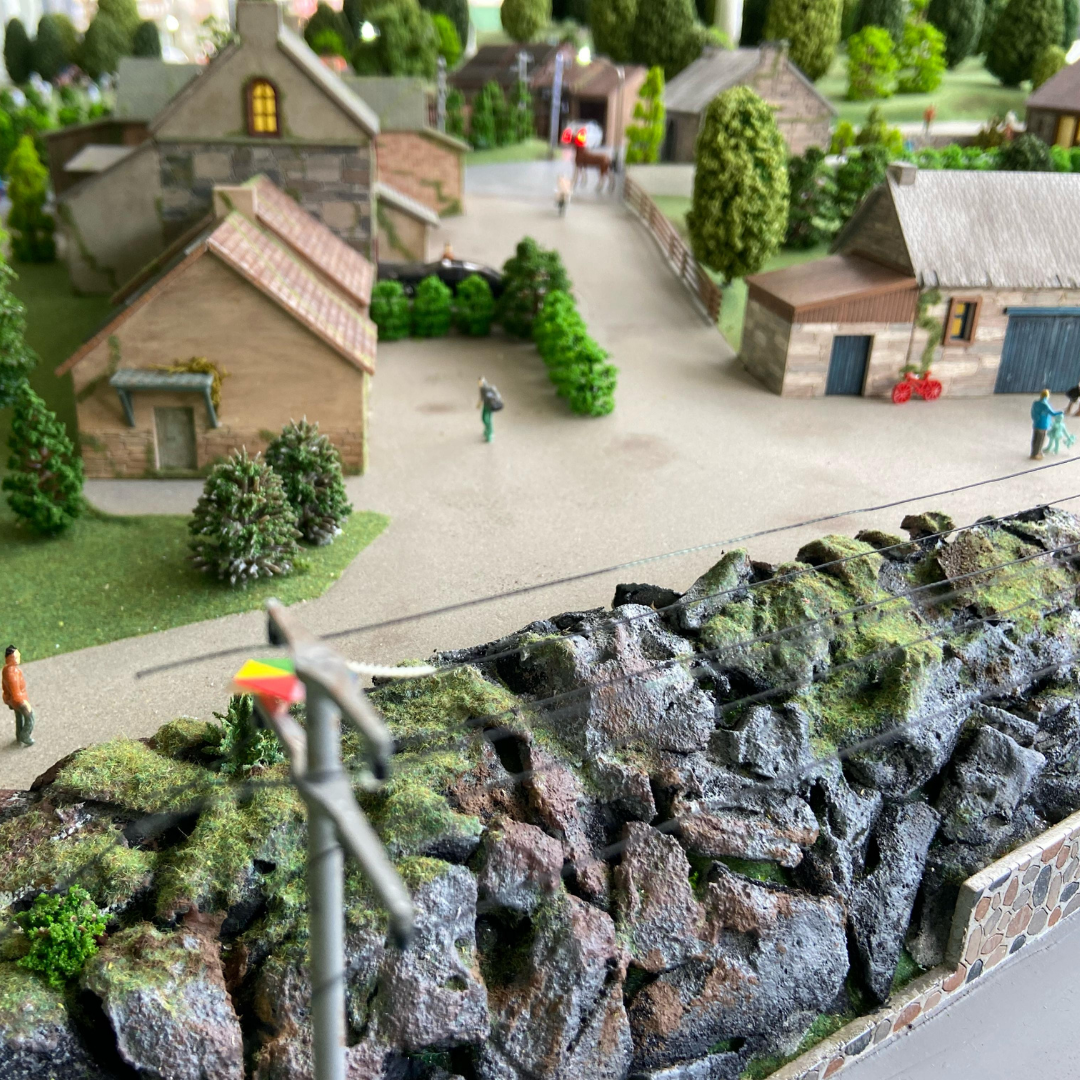History and Origins of Architectural Models
Introduction to the History and Origins of Architectural Models
Architectural models have been a cornerstone of architectural design, providing a tangible representation of buildings long before they are built. These models, meticulously crafted to scale, serve not only as a tool for architects to convey their visions but also as a bridge between abstract ideas and physical reality. This exploration into the history and origins of architectural models will delve into their evolution from ancient craftsmanship to modern technology, uncovering how these models have shaped and been shaped by architectural practices through the ages.
Earliest Instances of Architectural Models
The Use of Architectural Models in Ancient Civilizations
Architectural models date back to ancient civilizations, where they were used not only as tools for planning and construction but also as offerings to deities. Ancient Egyptians, for instance, included miniature models of buildings and structures in their tombs, believing these models would become real in the afterlife.
Mesopotamia and the Ziggurat Models
In ancient Mesopotamia, models of ziggurats were created as part of religious ceremonies. These models, crafted from clay, are some of the earliest examples of architectural models used to plan and visualize significant structures, highlighting the deep connection between architecture, religion, and society.
Architectural Models in Medieval and Renaissance Europe
Gothic Cathedrals and Scale Models
During the medieval period in Europe, architectural models became essential in the construction of Gothic cathedrals. These models were often made from wood and detailed enough to assist builders in understanding the complex designs of vaults and arches, essential for the ambitious heights and ornate details of Gothic architecture.
Renaissance Innovations and Architectural Representation
The Renaissance era brought a renewed interest in the art and science of architecture. Architects like Filippo Brunelleschi and Leonardo da Vinci used models to experiment with architectural concepts and to pitch their monumental projects to patrons, demonstrating the models' role in the evolution of architectural thinking and practice.
The Industrial Revolution and Modern Architectural Models
The Advent of New Materials and Techniques
The Industrial Revolution introduced new materials like iron, steel, and later plastics, which transformed architectural model making. These materials allowed for more detailed and durable models, reflecting the technological advancements of the time.
Architectural Models as Tools for Urban Planning
As cities grew rapidly during the industrial era, architectural models started to play a crucial role in urban planning. Large-scale models of city sections were created to plan urban layouts and public transportation systems, showcasing the increasing scope and scale of architectural models.
Contemporary Architectural Models and Technological Advancements
Integration of Digital Technology in Model Making
In the contemporary era, architectural model making has embraced digital technologies. 3D printing and CNC machining have revolutionized the way models are created, allowing for precise and rapid production of complex structures.
Virtual and Augmented Reality Models
The latest developments in virtual and augmented reality have begun to redefine what constitutes an architectural model. These technologies allow architects and clients to walk through virtual models in real-time, providing a new level of immersion and understanding.
Conclusion: The Lasting Significance of Architectural Models
Despite the technological advancements and the shift towards digital tools, physical architectural models remain an invaluable part of the architectural process. They provide a sense of scale, detail, and spatial awareness that digital models cannot fully replicate. As we continue to advance technologically, the fusion of traditional craftsmanship and new technologies will likely dictate the future of architectural models.





